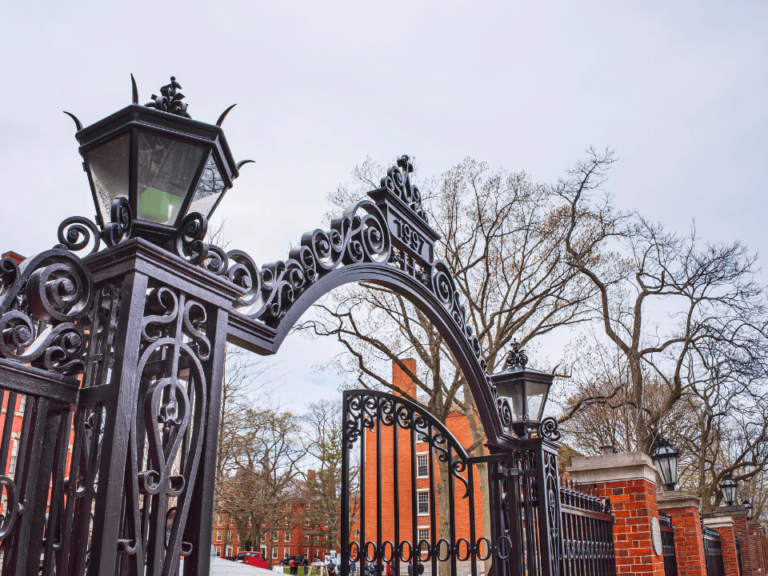Herman Suit, the great father figure of the Department of Radiation Oncology at Massachusetts General Hospital, and one of the colossi of American oncology, has just died at the age of 93. He lost his beloved wife and partner Joan last year and since then has been in assisted living close to family in California.
Herman was born in Waco, TX, went to medical school at Baylor, and then, in the 1950s, made the trans-Atlantic leap to Oxford University, where he was trained in oncology by the charismatic Frank Ellis. He returned to Texas and the MD Anderson three years later, before coming to MGH in 1972 as chief of the Department of Radiation Oncology, a role he served for more than a quarter of a century.


Herman’s legacy is so large and pervasive that it cannot be measured. He developed much of the evidence, from both animal and human studies, that has underpinned the safe use of radiation therapy in the modern era.
His concern about late effects drove him to search out techniques that are now such a standard part of our practice that we almost give them no thought at all. These include judicious fractionation, radiation doses that relate to tumor volume and type, shrinking fields, and the integration of radiation with surgery or chemotherapy.
Soft tissue sarcomas, previously only amenable to radical surgery, became candidates for combination therapy, and the sparing of young limbs went from dream to norm. Most of all, he will be remembered for his maverick vision that the use of proton beams stood to move radiation therapy and cancer care forward, not incrementally, but in a great bound.
In the 1970s, he was the first to use protons in a fractionated fashion on patients at the old Harvard Cyclotron in Cambridge. During that time, he recruited another brilliant mind, the physicist Michael Goitein, and together they developed the systems necessary to employ proton beam routinely in the clinic.
They pushed, they cajoled, the never took “no” for an answer, but above all else they used evidence to shake the inertia of the traditionalists and naysayers.
Herman’s legacy is so large and pervasive that it cannot be measured. He developed much of the evidence, from both animal and human studies, that has underpinned the safe use of radiation therapy in the modern era.
Herman gathered around him an extraordinary stable of young clinicians, making the MGH a hothouse for the development of new talent. These trainees became “evangelists” for his philosophy of precision radiation therapy, and advocates for the use of proton beam.
Half a century later, this therapy has now become standard around the globe, and Herman remained, to the last, it’s very proud parent.
A particularly enchanting aspect of Herman’s character was his complete disregard for national boundaries. He traveled the world and wherever he found bright young investigators he immediately sought to recruit them to the MGH. England, Australia, Yugoslavia, Egypt, Japan, it didn’t matter.
The tougher the visa, the better. He was a team scout seeking talent in improbable places.
The clinic, the lab, even the residency program, was like the United Nations, with heavily accented English the lingua franca. Some stayed in the USA, many returned to their own countries, but almost all went on to become international leaders in radiation oncology.
He and Joan never had children themselves, their trainees were their family. They were extraordinarily generous, but never made a show of this side of their character. Thanksgiving at the Suit’s brought together the international fellows and the waifs and strays among the residents who had no family of their own nearby.
They regularly gave front row theater and ballet tickets to the trainees, and many of us had our introduction to the arts through them. So dedicated were they to the primacy of science and education that they funded a laboratory for high and middle schoolers at the Museum of Science.
Herman has left an indelible stamp as an oncologist, taking the practice of radiation therapy from infancy to maturity. He was a “larger than life” figure, and all who were touched by him as colleagues, trainees, or patients, have come away blessed.
Herman will now join his beloved Joan, and may they forever rest in peace.









